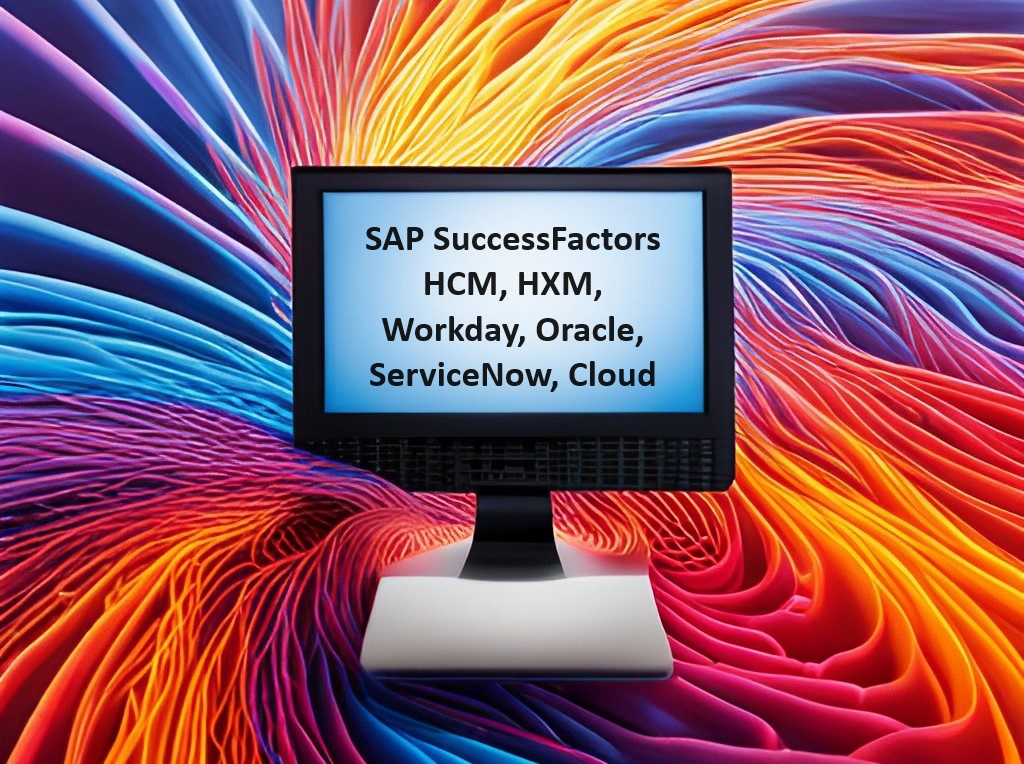The campaign buttons below sparked my interest in the 1960 presidential race: John F. Kennedy vs. Richard Nixon. Despite not living through it, I’ve read about Kennedy’s victory as the underdog. Valuable leadership lessons for a tech executive stem from this historic campaign, still applicable today. What leadership insights can we learn from Kennedy vs. Nixon in 1960?

The 1960 presidential campaign between John F. Kennedy and Richard Nixon was a historic and closely contested race, with both candidates showcasing strong leadership skills.
Here are some key leadership lessons from this iconic election:
- Confidence is key: Kennedy and Nixon showed confidence during their campaigns, even when handling tough questions or criticism. In leadership, self-assurance in one’s abilities is crucial for gaining trust and support.
- Preparation is essential: Both candidates dedicated significant time preparing for debates, speeches, and interviews, showcasing their commitment to their roles and enhancing communication of their ideas and visions. As a leader, thorough preparation and expertise can instill confidence in your team.
- Adaptability is necessary: During the campaign, unforeseen events challenged both candidates. Yet, they adeptly adjusted strategies to tackle issues. Leaders too must be flexible to navigate change and make beneficial decisions for their team or organization.
- Communication is key: Kennedy and Nixon, skilled communicators, used rhetoric effectively to connect with voters. In leadership, communication is crucial for building relationships, inspiring others, and achieving goals. Effective leaders tailor messages for various audiences, delivering them clearly and compellingly.
- Resilience is important: The 1960 presidential election was closely contested. Despite challenges, both candidates remained resilient, learning from setbacks and moving towards their goals – a crucial trait for leaders.
- Collaboration can lead to success: Kennedy won the election, backed by strong party support and advisors. Collaboration was key to their success. Leaders need to work with others and build strong teams to reach their goals.
- Diversity brings strength: The 1960 presidential election marked the first televised debates between candidates, offering voters direct access. Diversity in leadership enhances decision-making with varied perspectives, leading to better outcomes.
- The importance of integrity: Kennedy won the 1960 election despite fraud claims in Illinois and Texas. Rather than contesting, he prioritized moving ahead with his presidency, showcasing integrity and setting a leadership standard.
- The impact of leadership: The 1960 presidential election left a mark on the U.S. and beyond. Kennedy’s “New Frontier” agenda spurred global hope, showcasing the power of strong leadership.
In conclusion, the 1960 presidential election has valuable leadership lessons for a tech executive, highlighting the importance of resilience, collaboration, diversity, integrity, and effective leadership. As society progresses, tech executives must reflect on these lessons and embody these qualities. Learning from past can inspire a tech exec to bring positive change.
Click here to see a post on determining your effective leadership style.






